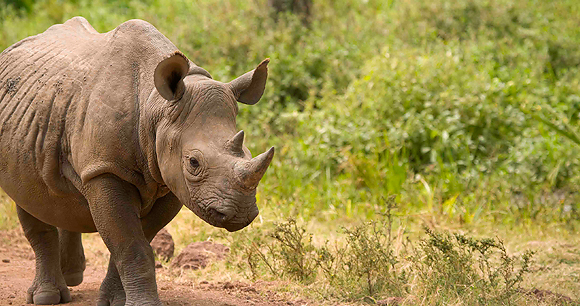
The multi-billion dollar trade in wildlife and wildlife parts and products is a crisis that animal species are facing worldwide. Animals are captured, killed and traded live or in parts for a number of purposes such as for food and medicine; clothing and ornaments; entertainment, including for pets, zoos and aquariums; and for research.
Often, the more exotic the species, the greater the price it fetches, leading to its overexploitation and depletion in the wild. Animals who are falling victim to consumer desire and lack of awareness range from the very small to the very large, including seahorses, butterflies, spiders, birds, reptiles, primates, big cats, rhinos, elephants, whales, dolphins and many more. Combined with numerous other threats that contribute to the decline of species in the wild, many of these animals subject to trade are now endangered.
Aside from the obvious concern of overexploitation and risk of extinction, wildlife trade can also be an extremely inhumane enterprise; this is particularly true of illegal operations. Animals may be shipped in overcrowded conditions, sometimes bound or drugged, smuggled in suitcases or boxes, and hidden in shipping containers. The mortality rates of smuggled animals are excessive, sometimes as high as dozens of dead animals for each animal who survives transport.
With considerable profits to be made, commercial trade in wildlife is flourishing. Illegal wildlife trafficking is estimated to be worth up to $20 billion per year due to growing demands for illicit commodities such as tiger parts, elephant ivory, rhino horn, exotic birds, and reptiles. Animals and their parts are increasingly used as a cover for drug trafficking since penalties for the former are significantly less severe. In fact, many criminals are attracted to the significant profit, lower risk of apprehension, and weaker penalties associated with illegal wildlife trafficking compared to the drug or arms trade. However, even the so-called legal wildlife trade is rife with corruption and blatant disregard for both international and domestic laws.
The menagerie of parties involved in the trade in wildlife makes it particularly difficult to manage. From hunter/trapper, trader, dealer, to consumer—the merchandise may pass through a number of hands. In the case of illegal trade, it is frequently the smuggler who is apprehended and penalized while professional traffickers elude capture. Those from developed countries may act as brokers or middlemen facilitating the import or export of animals from poorer developing countries where locals are primarily responsible for the collection of the animals.